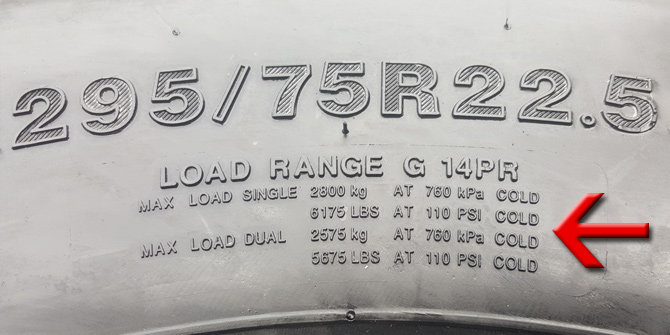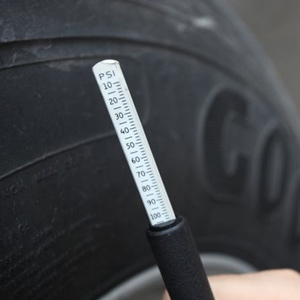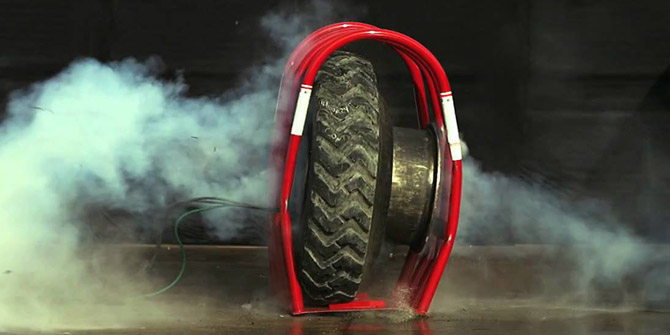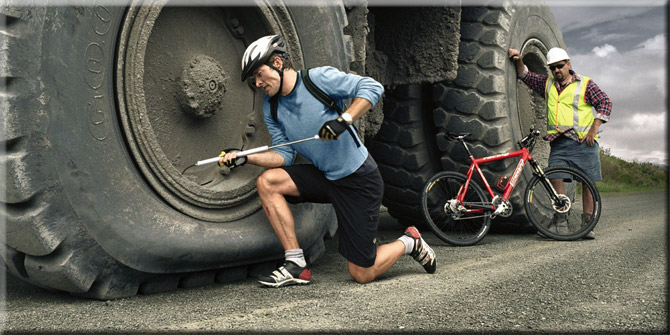Commercial tire inflation is one of the most basic form of maintenance there is, and just about as important as PM Service and at the same time it all it takes – two minutes a day that saves you a lot on new truck tires for your fleet. Fuel and tires are typically among a fleet’s largest expenses. Not paying the right attention to it can have serious effects on several levels of vehicle and fleet safety.
So the results of improper inflation are:
- Underinflated tires experience higher temperatures and greater stress, they present an increased risk of failure.
- If semi-truck tires aren’t properly inflated, the engine has to work harder to create motion and the fuel economy is negatively impacted.
- You have to stay prepared driving through weather changes among different states, as there is about 1-1.5 PSI change in every 10 degree Fahrenheit.
- If the pressure is too low, more of the tire’s surface touches the road — thus creating more friction. This can cause overheating, tread separation and blowouts.
- Industry research has indicated that about 90% of tire blowouts can be traced to underinflation.
- Half of all emergency service road calls are tire-related.
- Underinflation by 20% results in a 30% reduction in tire life.
- Another pressure-related issue is that of dual-tire imbalance. When you’ve got a pair of tires side-by-side on an axle, if one is running at a lower pressure, it’s essentially got a different circumference than its neighbor – which means that as the axle rotates, that tire’s going to drag and experience excess wear, increasing the chance that it’s going to fail prematurely.
What air pressure should you maintain in your truck tires?
- Please check carefully tire manufacturer recommendation on the side of the tire (usually it is running from 105-110PSI for 14PLY tires and 115-125psi for 16 PLY).
- Make sure that when you are checking the tire pressure that the tires are cold.

How often do I check the pressure on my commercial truck?
|
 |
Warning: If your commercial tire lost 20% of it’s pressure it is very dangerous to inflate the tire mounted on your vehicle not using the proper tools. It is recommended to always check for nails and cuts in your tire, take it off your truck and insert it for inflation into the tire cage. 














